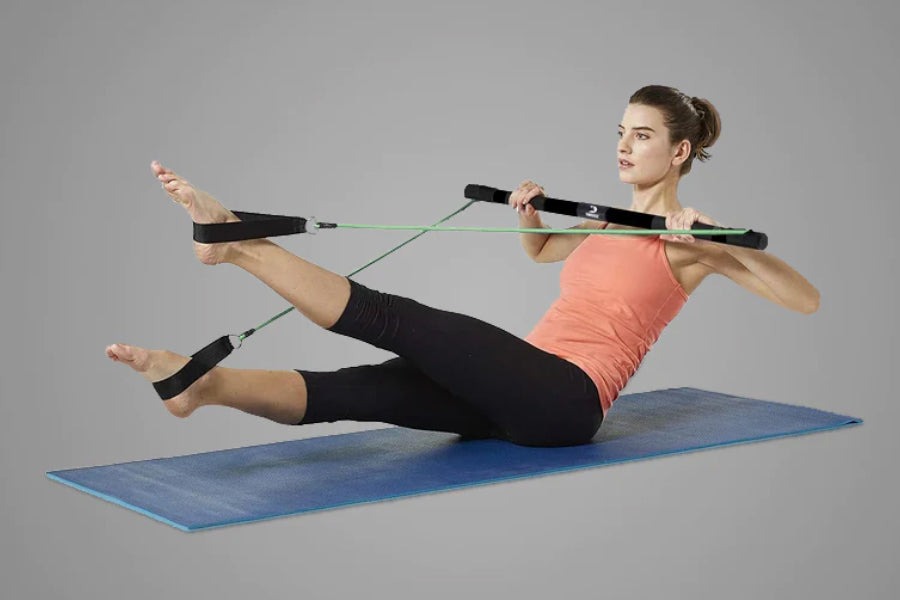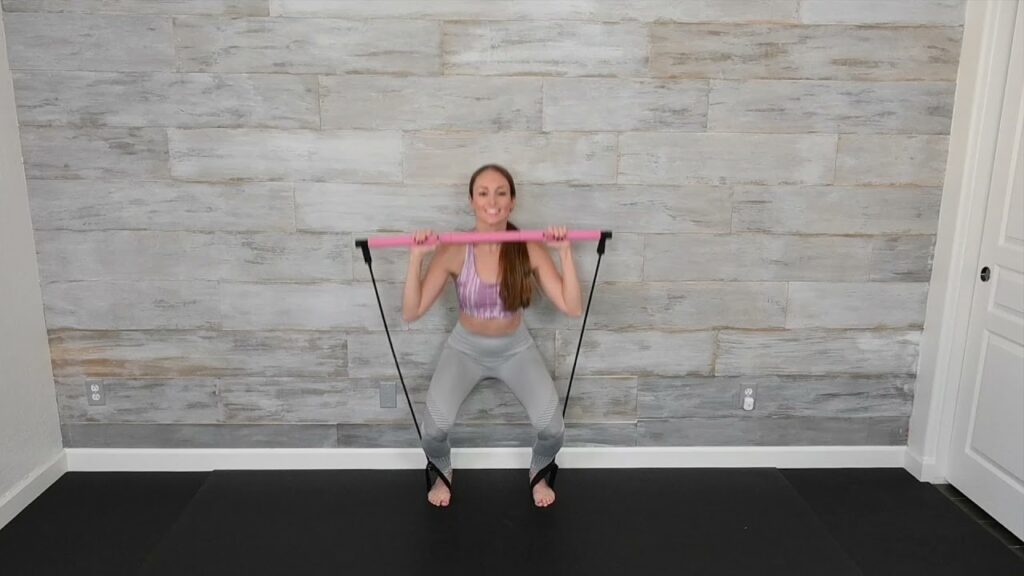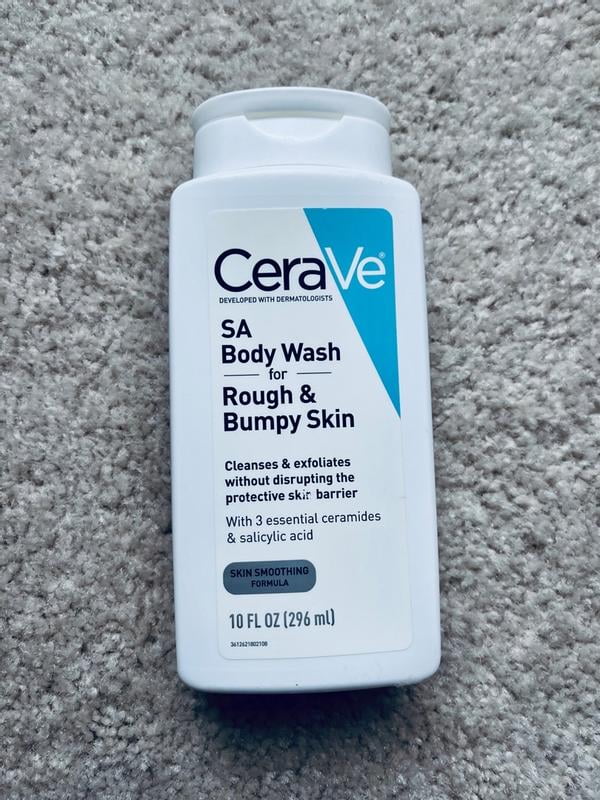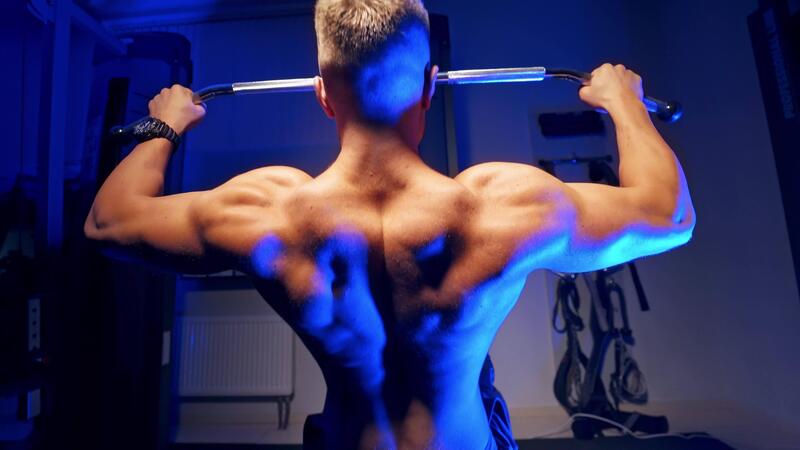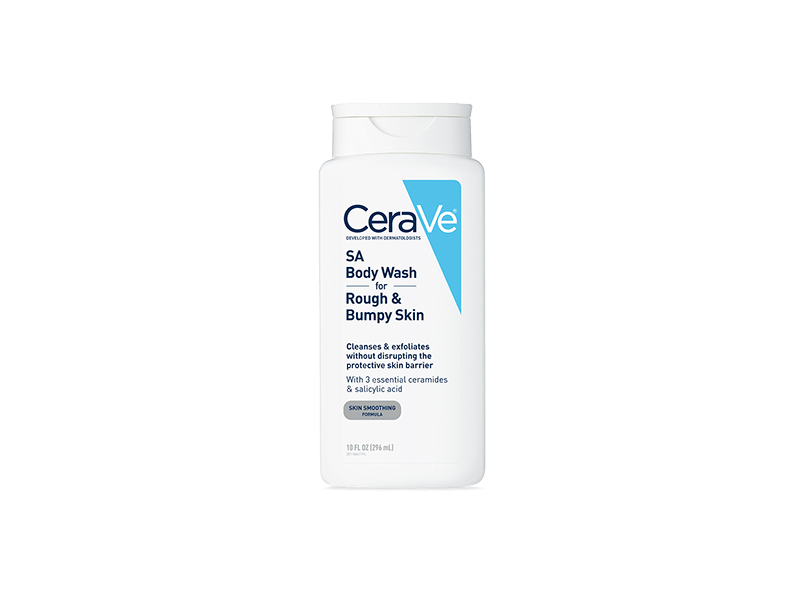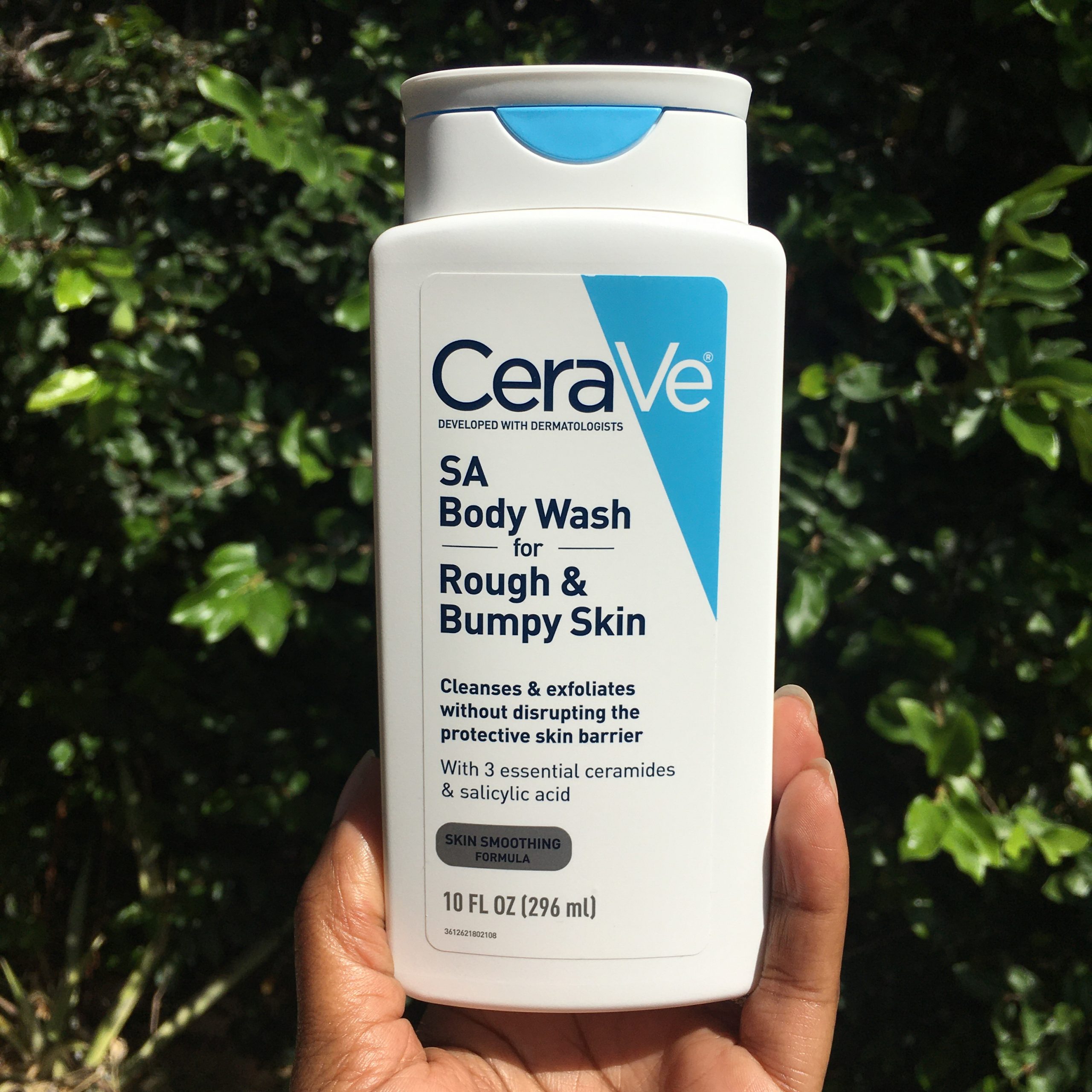Pilates Bar Workout – If you’re looking for a full-body workout that improves strength, posture, flexibility, and core stability — all without heavy weights or high-impact movements — the Pilates bar workout might just become your new favorite routine.
Compact, effective, and surprisingly intense, this tool brings the power of a reformer machine into your living room.
Whether you’re a fitness beginner or looking to level up your body-sculpting regimen, this guide will walk you through everything you need to know about Pilates bar workouts — from the benefits and basic moves to a sample routine and tips for lasting results.
What Is a Pilates Bar?
A Pilates bar is a portable fitness tool that typically consists of a lightweight metal or fiberglass bar (usually around 36 inches long), attached to resistance bands with foot loops or straps on each end.
It’s designed to mimic the movements you’d perform on a Pilates reformer machine, offering resistance-based exercises that engage your entire body, especially your core.
The beauty of the Pilates bar is in its simplicity. It provides resistance like weights but uses elastic tension instead, making it gentler on joints. You can use it to perform exercises for the arms, back, abs, glutes, and legs — all while improving posture and alignment.
Top Benefits of Pilates Bar Workouts
1. Full-Body Strengthening
Pilates bar workouts target multiple muscle groups simultaneously. While doing leg extensions, for instance, your arms, shoulders, and core may also be engaged to stabilize your body. This creates balanced muscle development.
2. Core Activation
At the heart of every Pilates movement is core engagement. The bar challenges your stability, forcing your abs and obliques to support every move.
3. Flexibility and Posture
Pilates emphasizes lengthening and controlled movement. Over time, this leads to improved flexibility and posture — essential for injury prevention and daily body mechanics.
4. Low-Impact Training
Unlike weightlifting or HIIT, Pilates bar exercises are gentle on joints. That makes them ideal for people recovering from injuries, older adults, or anyone seeking low-impact options.
5. Portable and Space-Saving
One of the biggest perks of the Pilates bar is its portability. You can use it at home, in the office, or even while traveling.
Equipment You’ll Need
1. A Pilates bar with attached resistance bands
2. A yoga or exercise mat
3. Comfortable workout clothes
Optional: light ankle weights or a resistance loop band for extra challenge
Key Pilates Bar Exercises
These foundational movements can be combined into a full-body workout. Aim to do 10–15 reps per move and repeat the entire circuit 2–3 times depending on your fitness level.
1. Squat with Overhead Press
Targets: Glutes, quads, shoulders, and core
How to do it:
- Stand with feet shoulder-width apart, resistance bands under each foot.
- Hold the bar at shoulder height with an overhand grip.
- Squat down, keeping your back straight and knees behind your toes.
- As you return to standing, press the bar overhead.
- Lower the bar back to shoulder height and repeat.
2. Standing Oblique Twist
Targets: Obliques, shoulders, and arms
How to do it:
- Stand tall with feet hip-width apart.
- Hold the bar horizontally at chest height, arms extended.
- Rotate your torso to the right while keeping your hips square.
- Return to center, then rotate to the left.
- Focus on squeezing your obliques with each twist.
3. Seated Row
Targets: Upper back, biceps, and core
How to do it:
- Sit on the mat with legs extended and bands looped around the arches of your feet.
- Hold the bar with palms facing down, arms extended forward.
- Pull the bar toward your torso, squeezing shoulder blades together.
- Slowly return to the starting position with control.
4. Glute Kickbacks
Targets: Glutes and hamstrings
How to do it:
- Start on all fours on your mat.
- Place one foot in the resistance band loop and hold the bar in front for support.
- Extend the banded leg straight back, squeezing your glutes at the top.
- Lower with control and repeat, then switch sides.
5. Dead Bug Core Press
Targets: Core and shoulders
How to do it:
- Lie on your back with knees bent at 90 degrees and feet lifted off the floor.
- Hold the bar directly above your chest.
- Extend one leg and the opposite arm away from your body while keeping the other arm and leg in place.
- Return to center and alternate sides.
- Keep your lower back pressed to the floor.
6. Side-Lying Leg Lifts
Targets: Outer thighs, glutes, and hips
How to do it:
- Lie on your side with the resistance band around your feet.
- Place the bar across your hips for balance.
- Lift your top leg up against resistance, keeping your core tight.
- Lower and repeat before switching sides.
Sample Pilates Bar Workout Routine (30 Minutes)
- Warm-up (5 mins)
- Arm circles
- Cat-Cow stretches
- Marching in place
- Side bends
- Main Circuit (Repeat 2–3 Rounds)
- Squat to Overhead Press – 15 reps
- Seated Row – 12 reps
- Glute Kickbacks (each leg) – 12 reps
- Standing Oblique Twists – 20 reps (10 each side)
- Dead Bug Press – 10 reps per side
- Side-Lying Leg Lifts – 15 reps per side
- Cool Down (5 mins)
- Seated forward fold
- Supine twist
- Shoulder stretch
- Hip flexor stretch
- Deep breathing in child’s pose
Tips to Maximize Your Results
1. Focus on Control Over Speed
Pilates is all about slow, intentional movements. This allows your muscles to stay under tension longer, leading to more effective toning.
2. Keep Your Core Engaged at All Times
Even if you’re working your arms or legs, keep your abs braced. This improves balance and targets deep core muscles.
3. Breathe Properly
Inhale through your nose to prepare, and exhale through your mouth during exertion. Proper breathing helps maintain rhythm and reduces tension.
4. Progress with Resistance
As you get stronger, increase resistance by using thicker bands or adding ankle weights. This keeps the workout challenging and continues building strength.
5. Be Consistent
Aim for at least 3 sessions a week to see visible results. Pair it with light cardio and healthy eating for faster fat loss and muscle definition.
Who Is It Good For?
The Pilates bar workout is suitable for:
- Beginners new to exercise
- People recovering from injury (with medical clearance)
- Postpartum mothers regaining strength
- Seniors looking for gentle strength training
- Athletes seeking to improve flexibility and balance
Conclusion
Pilates bar workouts offer an effective way to tone, strengthen, and stretch your body without heavy equipment or gym access.
With its focus on alignment, core engagement, and smooth resistance, this workout method delivers noticeable improvements in posture, muscle definition, and overall body control.
Whether you’re aiming for a leaner physique, better flexibility, or simply a smarter way to train, adding Pilates bar exercises to your weekly routine can help you get there — one controlled movement at a time.

